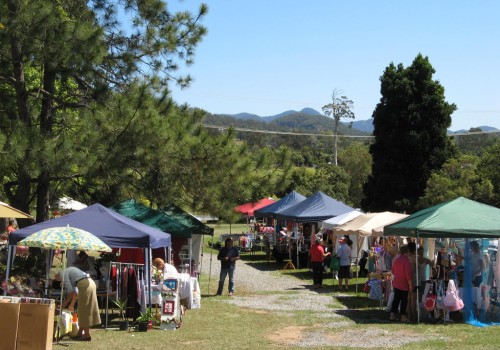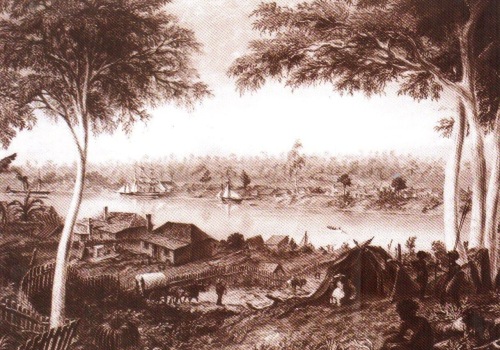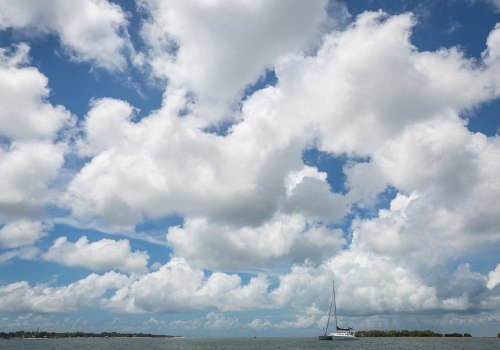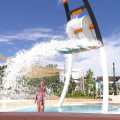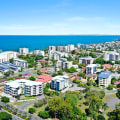Moreton Island, also known as Mulgumpin, is an island located in the Moreton Bay region of Queensland, Australia. The island is home to the Ngugi people, who are the traditional owners of the land. The island was named after Matthew Flinders and has a long and rich history that dates back to the 18th century. At least five lighthouses have been built on the island, and there are four small settlements where a small number of residents live. Moreton Island is a popular destination for camping and fishing, and access to the island is through vehicle barges or passenger ferry services.
Tangalooma was the site of a whaling station and was selected as a site because of its relative protection, access to fresh water, and proximity to Brisbane and the humpback whale migratory route near Cape Moreton. The body of water between North Stradbroke Island and Moreton Island (Mulgumpin) was called Moreton Bay. In 1770, Captain James Cook named Morton Bay on May 17 after the Scottish Earl of Morton, which was later misspelled as “Moreton Bay” in the translations of his journals. The sand was washed north from what is now New South Wales and formed the islands now known as Moreton and Stradbroke, thus surrounding the Moreton Bay area. With the arrival of Europeans, a massacre by British soldiers in 1833 significantly reduced the number of Ngugi people living on Moreton Island. In 1847, the rest of the population was moved to Stradbroke Island.
During 1856, when ships entered Moreton Bay through the northern entrance between Bribie and Moreton Islands, the New South Wales government erected the Cape Moreton lighthouse, a stone tower twenty-three meters high and 120 meters above sea level. In the 1960s, there had been enough public interest in Moreton Island that the Government could put plots up for sale, and in 1963 the first sale of land took place in Kooringal, near the southernmost tip of the island. Fort Cowan Cowan, a former World War II bunker and fortifications complex that was used to protect the approaches to Moreton Bay, is located north of Cape Cowan Cowan. Thomas Alfred Cloherty was born in 1857 and was captain of Moreton Bay pilots in the late 19th century. Fourteen crew members, including the captain and his wife, paddled 3 hours to the coast of Moreton Island (Mulgumpin).Moreton Island has always been a great place to get away from it all and take a break from city life. Its purpose was to protect the accesses to the port of Brisbane and, at its peak, 900 soldiers were stationed on the island. The history and culture of Moreton Island is fascinating.
From its traditional owners - Ngugi people - to its role as a whaling station in Tangalooma, this island has seen many changes over time. It has also been home to lighthouses, settlements, fortifications complexes used during World War II, and even Captain Thomas Alfred Cloherty who paddled 3 hours with his crew to reach its coast. Today, Moreton Island is a popular destination for camping and fishing. It's easy to access by vehicle barges or passenger ferry services. Visitors can explore its natural beauty while learning about its past.
Whether you're looking for an adventure or just want to relax on its beaches, Moreton Island has something for everyone.
